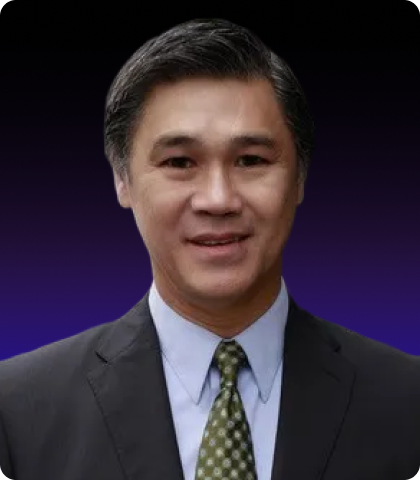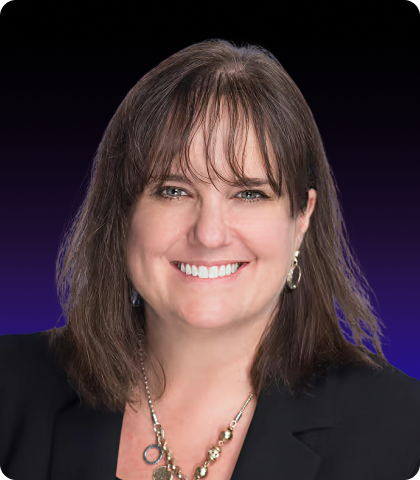InsurTech NY’s David Gritz is both a keen observer and a sharp director of MGAs’ new identity
Managing General Agencies (MGAs) have been players in the insurance industry for nearly a century. But their more aggressive entrepreneurial spirit and pursuit of technological advances and uses for artificial intelligence sets them apart.
As noted in the latest InsurTech MGAs: At The Forefront of Innovation report, published by ReSource Pro and InsurTech NY, approximately 200 InsurTech MGAs have entered the North American market over the past decade, fundamentally changing how specialized risks are underwritten and distributed.
David Gritz, co-founder and managing director of InsurTech NY and co-author of the report alongside ReSource Pro’s Mark Breading, is well-positioned to understand this transformation.
As head of the MGA Lab, an incubator that helps founders navigate from concept to their first sold policy, Gritz is witnessing and shaping MGAs as they evolve from their traditional roles.
“If you go back to where MGAs were in the ‘80s, they mostly formed because they had a specialization,” Gritz said. “Today, that trend is very different. They have a hypothesis using lean startup methodology. They interview potential customers and retail agents, then use that hypothesis to build a form and policy with their carrier partner.”
This new generation of MGAs is changing everything from underwriting approaches to distribution channels. The research found that 18% of InsurTech MGAs are now taking on risk through captives or offshore reinsurers, while many are leveraging alternative distribution methods like embedded insurance and parametric models alongside traditional agent networks.
Beyond their specialized expertise in niche markets like wildfire-exposed properties or vacation rental insurance, the new wave of MGAs are defined by their interactive nature.
“Any MGA that started in the last decade-plus is by definition digital native,” noted Breading during a fireside chat with Gritz at the ReSource Pro Summit 2025. “Historically, MGA business models were centered on relationships and risk expertise—but now, the third leg of the stool is advanced tech. We’re seeing much more sophistication in leveraging data, using analytics, and moving to AI.”
Gritz spoke to The Insurance Lead following his appearance at the Summit. The conversation below has been edited for brevity and clarity.
The Insurance Lead: The report you co-authored with Mark Breading identified some key differences between MGAs that take on risk versus those that don’t. Beyond the structural differences, what separates these two approaches?
David Gritz: There’s a meaningful difference in mentality. The ones that take on risk find that their underwriting is important, but also their claims handling or management of the TPA is equally important because it ultimately affects their performance. They’re more likely to have greater involvement in the claims process.
Take Safely, an Atlanta-based MGA covering vacation rental home damage. They provide coverage when guests damage property and offer screening capabilities to identify potential problem renters. Their average claim is under $700—typically things like wine spilled on a couch—but they handle all claims internally.
This creates better service because they understand the risks firsthand, can tailor policies better, and can create better filtering upfront to help property managers accept the right tenants and mitigate future risks. They’ve created an offshore Cayman reinsurer called Safely Re, partly because their first insurance partner, Asur, exited the sharing economy business.
One of the biggest vulnerabilities we identified in our report is that the single point of failure for most MGAs is their capacity provider, and more than half of them only have one.
MGAs have been around for the better part of 100 years. But something’s changed in the last decade. What’s changed to make MGAs avatars of innovation?
Two things have changed recently. There’s definitely acknowledgment about niche risks and people’s ability to solve those risks, but I’d also point to a revitalization of entrepreneurship within MGAs.
Career preferences have also shifted. Previously, professionals might work at Travelers or Great American for 30 years, retiring as an executive with a pension. Today, those carriers don’t have pensions anymore. And they’re now large, sometimes publicly traded companies without the same growth opportunities.
The entrepreneurial spirit now has to manifest in different ways. Today, professionals can join and launch a new venture through various models. They can raise venture capital as an independent founder; they can work with private equity to buy and grow an existing book; or they can partner with incubators like K2, Euclid Specialty, or Balanced Partners where you might own 20-30% of the upside while still being entrepreneurial. This changing entrepreneurial landscape has unleashed a growth force in the industry that we haven’t seen in quite some time.
InsurTech’s MGA Lab helps entrepreneurs navigate the challenges of launching insurance businesses. Is the entrepreneurial mindset something you can teach?
We can’t necessarily solve the entrepreneurial mindset. You either come in with that or you don’t. People need to bring the ambition, courage, and leadership abilities themselves.
Where we help is filling knowledge gaps. If you’re an underwriter who previously worked at Hiscox running a line of business, you’re used to having other people handle filings, create technology for submissions, and manage financial functions. Once you’re on your own, you have to figure all that out yourself.
The MGA Lab takes people who have one piece figured out — whether that’s underwriting, product, or technology — and helps them find the right mentorship, education, and network to fill in the gaps so they have a complete team and knowledge base to pursue their opportunity.
Distribution was mentioned as a major struggle for MGAs. What specific distribution hurdles do these companies face?
It’s really a bimodal challenge. For existing products in existing markets, it’s purely relationship building. Retail agents own all the customer relationships, so you have to prove you have a better product or you’re easier to work with than carriers or other MGAs.
Success is 100% about people-to-people relationship building. Some founders excel at this, some come into the business with established relationships, and some are terrible at it, which is why they fail.
The other side involves either existing products in new markets or completely new products in new markets. For new markets, MGAs might target segments that are currently self-insured, or they’re addressing emerging risks like AI governance model risk, which is similar to cyber, but entirely new.
In these cases, agents might have relationships but don’t understand the new product, or the commission might be too low for brokers to be interested — like selling life insurance to lower-income segments. This requires different strategies: affinity groups, embedded relationships, creative tech integrations, education capabilities, incentive structures, and brand building. It’s more about digital marketing and a consumer-focused approach rather than pure enterprise relationship building.
Beyond AI, what technological innovations are you most impressed by in the InsurTech space?
I’ll go with one of the most basic things that everyone knows is possible but very few achieve: straight-through processing, which is underwriting where you fill out a form or supplementals and through algorithms and rating engines, it instantly produces a bindable quote. That’s been the holy grail of commercial insurance forever, and almost no carriers can accomplish it.
When I find startups that can do that, I’m always intrigued. We have a portfolio company in the disability space that writes individual disability coverage and has accomplished this for certain job categories and health segments. They’re the only one doing it in the entire UK, despite sophisticated incumbents like Legal & General and Aviva operating there.
Whether it was valuable ten years ago, today, or will be valuable ten years from now, if you can figure out straight-through processing by combining third-party data sources, advanced algorithms, generative AI — whatever the modality — it will always be valuable because it creates a better customer experience and means you can process more business with less staff.












